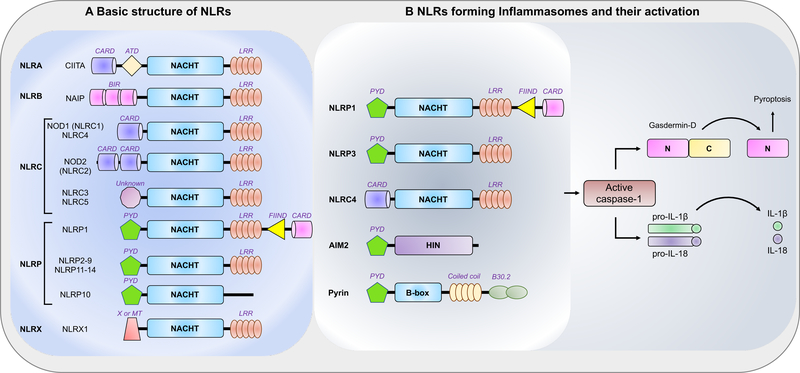Figure 1. Schematic representation of the basic structure of individual NLRs and their activation.
(A) Schematic representation of the domains of individual human NLRs based on the human NLRs. Human NLRs are sub-classified into 5 categories: NLRA, NLRB, NLRC, NLRP, and NLRX. All 22 human NLRs contain a central NACHT domain, and all except NLRP10 contain a C-terminal ligand-sensing LRR domain. The N-terminal domains ascribe functional properties to the NLRs; however, the functions of the N-terminal domain of NLRC3 and NLRC5 and the C-terminal FIIND domain in NLRP1 are still unclear. The MT domain targets NLRX1 to the mitochondria, but no sequence homology with the traditional mitochondrial targeting sequence has been reported.
(B) Among the NLRs, NLRP1, NLRP3, and NLRC4 participate in the formation of the inflammasome platform. AIM2 and pyrin, which do not belong to the NLR family, have also been shown to form part of a specific inflammasome. Inflammasome activation leads to caspase-1 activation that in turn cleaves its downstream effectors, the newly identified pyroptosis executioner gasdermin D and the pro-forms of the cytokines IL-1β and IL-18.

